Copyright © 2025 Motivate Media Group. All rights reserved.
id library: Bauhaus Style by Assouline
Bauhaus Style — after decades — the movement has lost none of its power
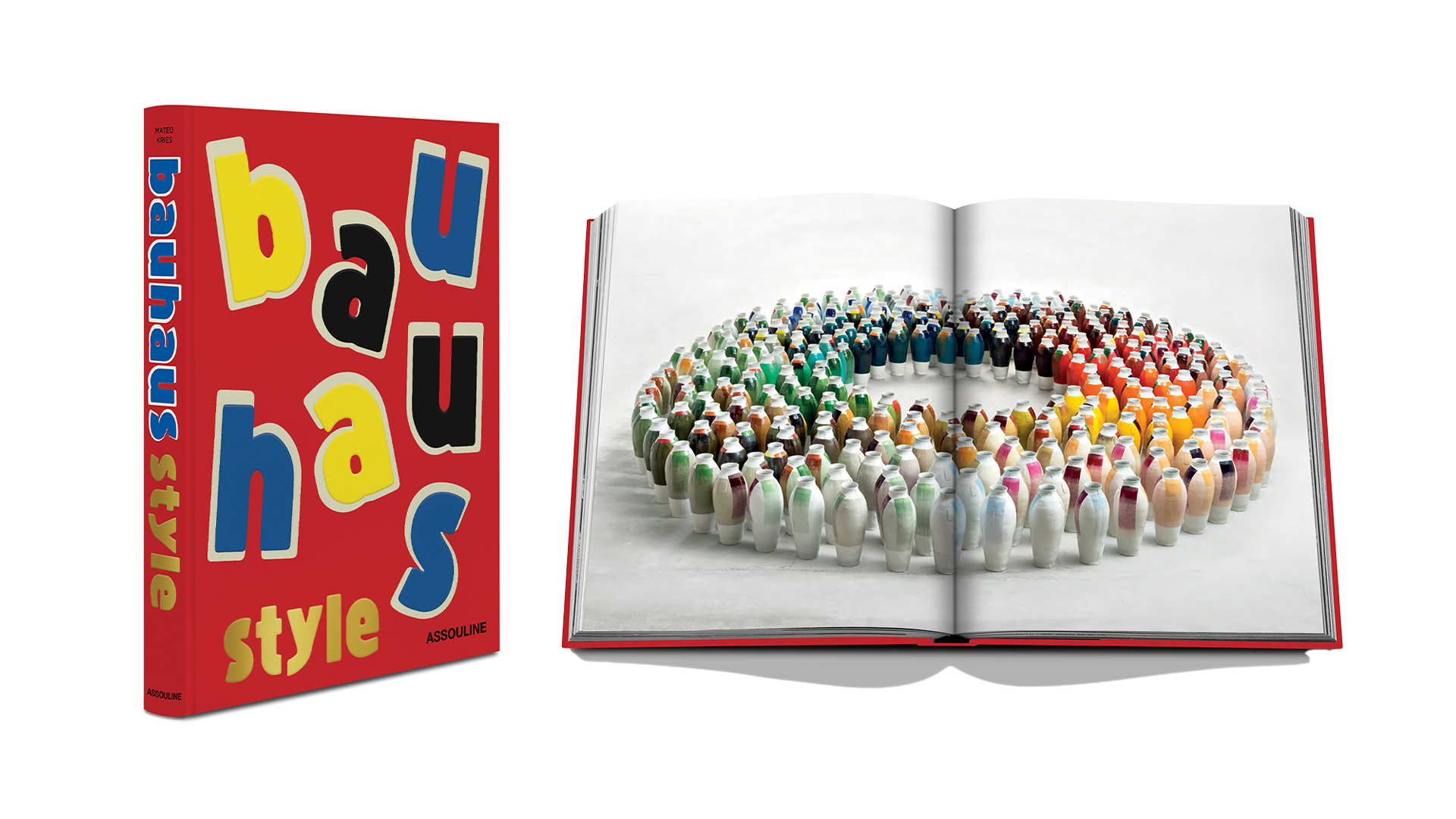
A revolutionary art school and movement of its time – and one that defined a period of modernity in (mostly) the Western world – Bauhaus and its teachings are perhaps as relevant today as they were at the start of the twentieth century. While more designers carve their niche outside of traditional modes and settle in intersectionality, the interdisciplinary programme feels necessary again in our day and age: instead of dividing disciplines, cross-fertilisation among the various practices of its teachers, artists and craftspeople can became a model once more.
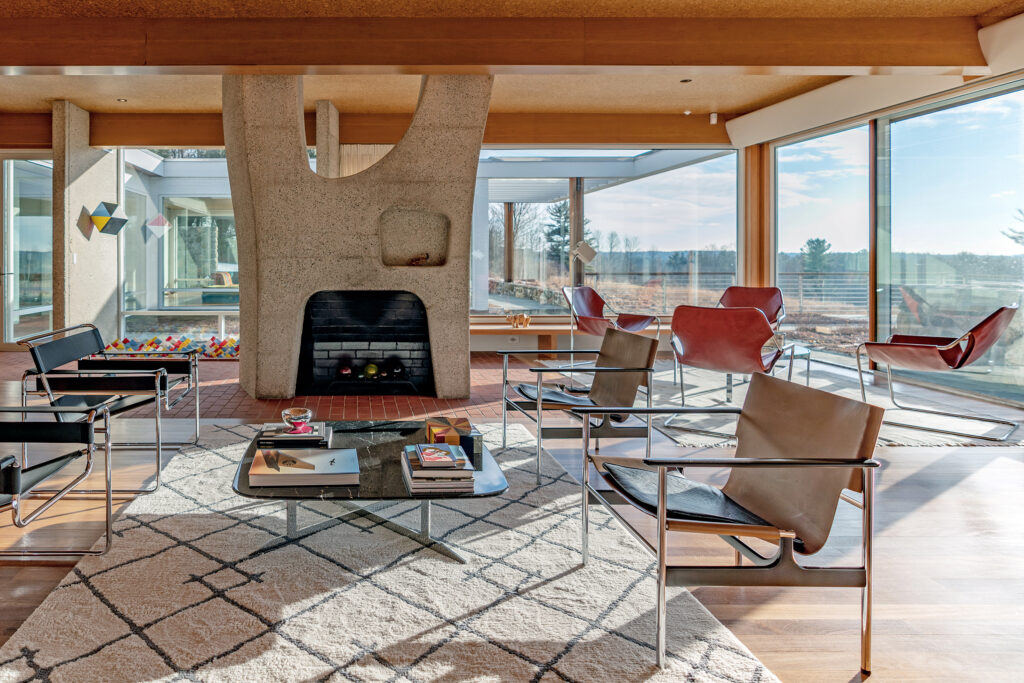
Gargarin House I in Litchfield, Connecticut, designed by Marcel Breuer, 1956-57. Photography by Mark R. Madonna
“Let us strive for, conceive and create the new building of the future, which will unite every discipline – architecture, sculpture and painting – and which will one day rise heavenward from the million hands of craftspeople as a clear symbol of a new belief to come,” architect Walter Gropius wrote in the Bauhaus Manifesto in 1919 – an attitude stands strong even today.
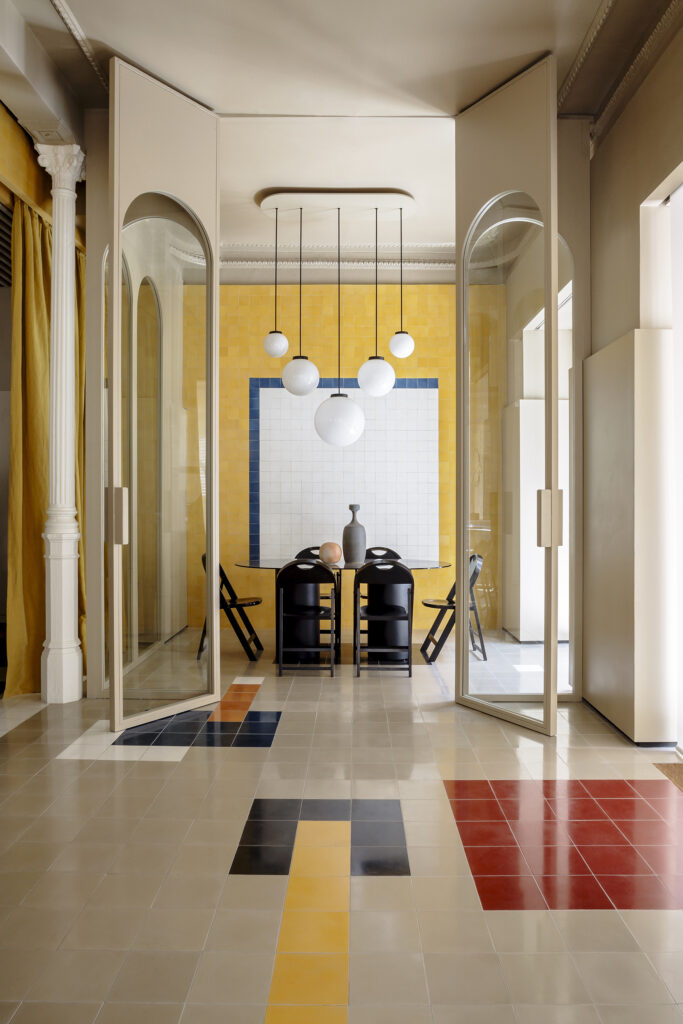
Interior of an ad agency office in Madrid, designed by Iñigo Aragón and Rodrigo Aragón of Casa Josephine with Mondrian-inspired geometrics. Photography by Belén Imaz.
The new publication by Assouline, authored by Mateo Kries, is a review of the Bauhaus style and looks at the evolution of modern life, from its political and social attitudes to its continuing impact on popular design. New perspectives on the school have emerged over the decades, with every generation interpreting the Bauhaus repertoire anew; yet, whether its style or its societal critique is adopted, its aesthetic continues to offer new ideas for designers of interiors, furniture, consumer products, fashion and architecture.
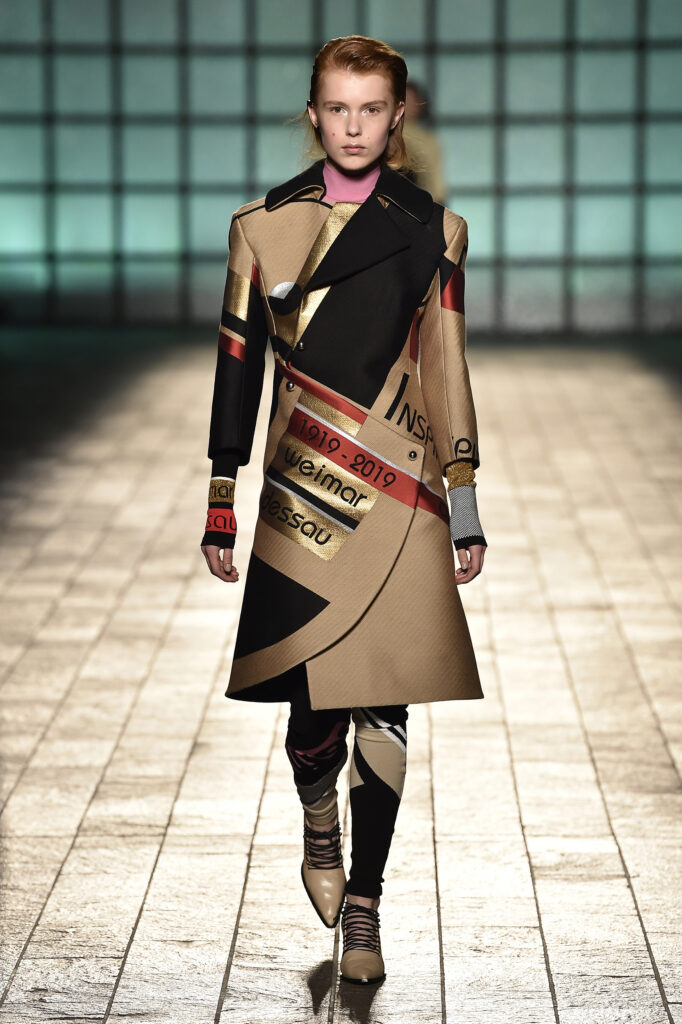
LONDON, ENGLAND – FEBRUARY 18: A model walks the runway at the Mary Katrantzou Autumn Winter 2018 fashion show during London Fashion Week on February 18, 2018 in London, United Kingdom. (Photo by Catwalking/Getty Images)
“I think the Bauhaus will speak to new generations of designers, but in different ways than today, just as its perception has evolved over the past century,” says Kries, who has been curator of the Vitra Design Museum since 1995 and is currently the director of its Berlin branch.

Mandatory Credit: Photo by IBL/Shutterstock (10366307f)
The school existed in Germany from 1919 to 1933.It was based in Weimar until 1925, Dessau through 1932, and Berlin in its final months.
Staatliches Bauhaus, School of Design, Architecture, and Applied Arts, Dessau, Germany – 04 Jun 2019
“In the post-war era, it has been seen mainly as a stylistic movement, while in contemporary times the Bauhaus’ social impetus [was] much more relevant than its mere aesthetic. Though I can’t predict its translation in twenty years, I could see the Bauhaus inspiring a rediscovery of crafts as a sustainable practice – after all, it was the Bauhaus movement that proved craftsmanship and modern design are in fact not opposites but perfectly complementary,” he continues. Kries also adds that while many books have already been written about the modern movement, “Assouline’s book offers a more playful and subjective approach to the Bauhaus world.”
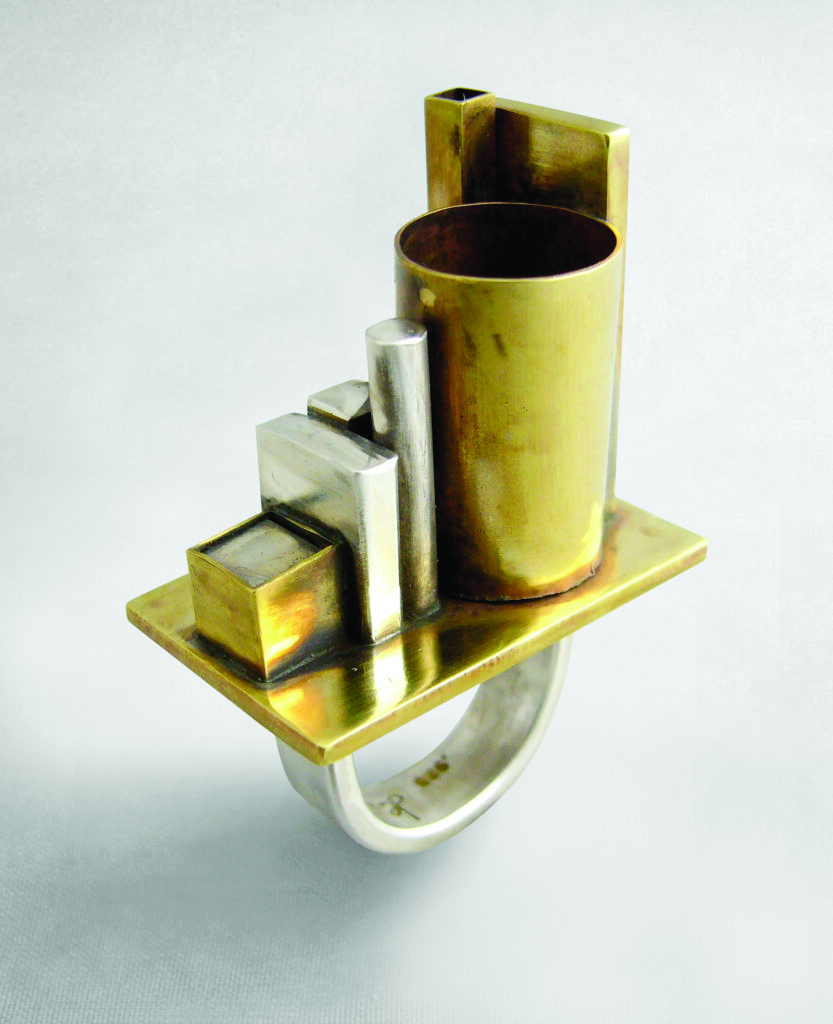
Heidi Abrahamson, architectural ring of silver and gold, 2015. Photography courtesy of Lisa Cliff Collection.
The eclectic volume curates impactful images of architecture, art, objects, graphic design and fashion from the past 100 years, encapsulating the enduring modernity of the Bauhaus style.
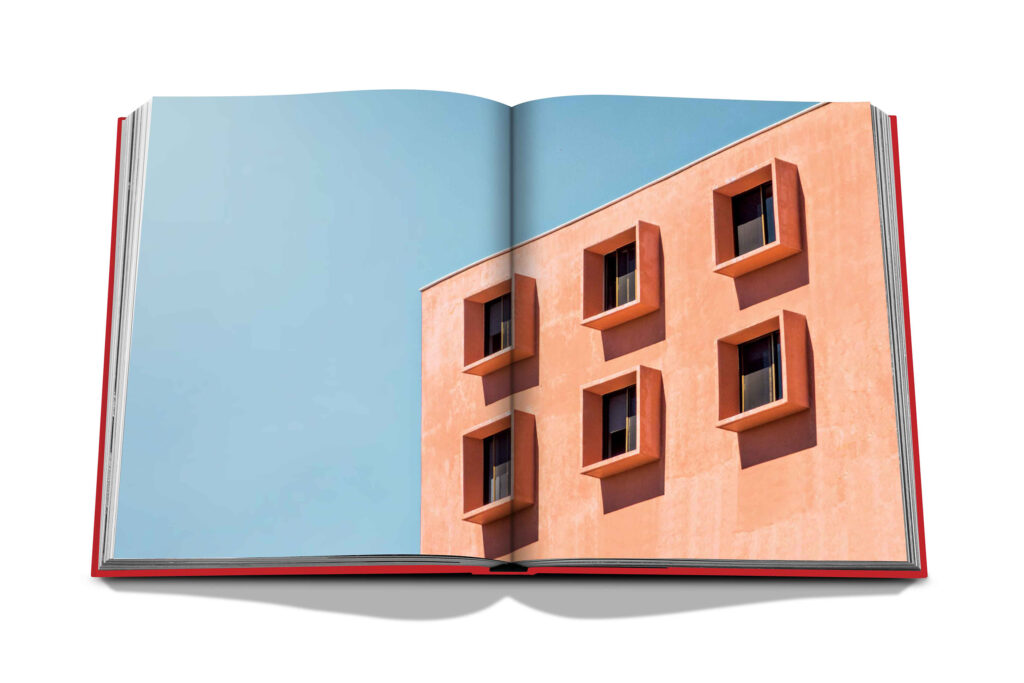
See more of Assouline here.
More of id library? Click here.
The Latest
How Eywa’s design execution is both challenging and exceptional
Mihir Sanganee, Chief Strategy Officer and Co-Founder at Designsmith shares the journey behind shaping the interior fitout of this regenerative design project
Design Take: MEI by 4SPACE
Where heritage meets modern design.
The Choreographer of Letters
Taking place at the Bassam Freiha Art Foundation until 25 January 2026, this landmark exhibition features Nja Mahdaoui, one of the most influential figures in Arab modern art
A Home Away from Home
This home, designed by Blush International at the Atlantis The Royal Residences, perfectly balances practicality and beauty
Design Take: China Tang Dubai
Heritage aesthetics redefined through scale, texture, and vision.
Dubai Design Week: A Retrospective
The identity team were actively involved in Dubai Design Week and Downtown Design, capturing collaborations and taking part in key dialogues with the industry. Here’s an overview.
Highlights of Cairo Design Week 2025
Art, architecture, and culture shaped up this year's Cairo Design Week.
A Modern Haven
Sophie Paterson Interiors brings a refined, contemporary sensibility to a family home in Oman, blending soft luxury with subtle nods to local heritage
Past Reveals Future
Maison&Objet Paris returns from 15 to 19 January 2026 under the banner of excellence and savoir-faire
Sensory Design
Designed by Wangan Studio, this avant-garde space, dedicated to care, feels like a contemporary art gallery
Winner’s Panel with IF Hub
identity gathered for a conversation on 'The Art of Design - Curation and Storytelling'.
Building Spaces That Endure
identity hosted a panel in collaboration with GROHE.
















